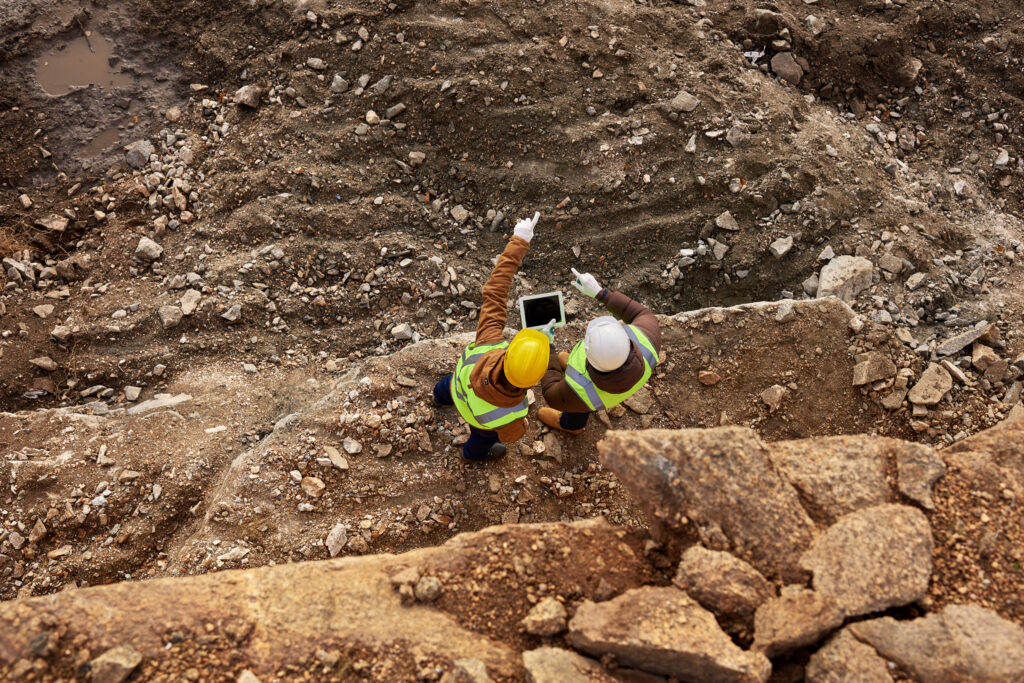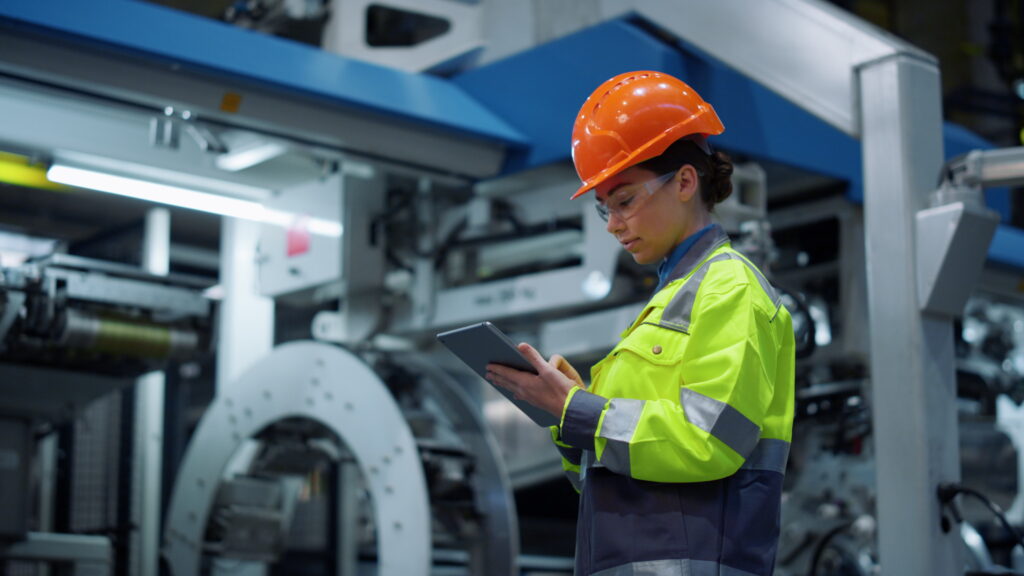Australians over the age of 55 have been returning to the workforce in significant numbers across the last three years, delivering a healthy dose of diversity to many organisations. Data from the Australian Bureau of Statistics shows that 38 per cent of new Australian workers hired between October 2019 and October 2022 were aged 55 and older.
The reasons behind this trend may vary, from more employers recognising the value of their skills and experience, to the rising cost of living motivating them to return to work.
INX Software’s Senior Product Manager Ben Borin, says older workers bring skills and life experience to the workplace and the age of a person should never be a barrier for someone to work.
“Age is just a number, as they say, but diversity and inclusion are very important factors in modern workplaces, which are being increasingly recognised by business leaders,” Mr Borin says.
However, it’s an unfortunate fact that this age group is also overrepresented in workplace deaths and serious injuries, accounting for more than 40 per cent of fatalities.
It is a trend that has been stubbornly steady, even as the numbers of deaths and injuries in other age groups improves, according to data from Safe Work Australia.
Workers aged between 55 and 59 have a serious injury rate of 14.1 incidents per 1,000 employees, while those aged 60 to 64 fared even worse, with an injury rate of 14.8 per 1,000.
Mr Borin says the health and safety of older workers is a big concern, with this higher risk likely to lead to employers choosing not to employ from this cohort – or prospective employees choosing to look elsewhere.
“People from all walks of life should always feel safe when they enter a workplace, but clearly there is something missing when it comes to safety and compliance in these age groups,” Mr Borin says.
Prevention is key but technology can play a role in better assessing risk areas and ensuring safety compliance, with software solutions acting as enablers to develop a strong safety culture.
“Good software solutions can help simplify safety processes, allowing you to regularly schedule audits, inspections, task observations and safety meetings,” Mr Borin says.
“It also helps in identifying risks. A simple, central place for all safety information to be recorded allows employers to analyse staff compliance in adhering to safety rules and standards.
“By capturing more information, we can develop greater insights into safety in the workplace, which means identifying more effective preventative measures and cutting incident response times.”
Mr Borin says each workplace presents different risks, which means tailoring a solution to suit a business’ individual needs will be the most effective strategy to improve safety.
“Is it slips and falls? Is it body stress incidents or musculoskeletal injury? Objects or vehicles colliding? Machine to machine interaction or pinch points? Software can provide a clear trail that identifies where the problem areas are, rather than just guessing,” Mr Borin says.
“The ability to use software such as INX InControl in the field means that high-risk industries are still getting full use of the platform and its safety benefits, even when spending long hours disconnected or offline.
“With an effective digital safety system in place, businesses can focus on creating new policies and processes to reduce risks and mitigate incidents.”














